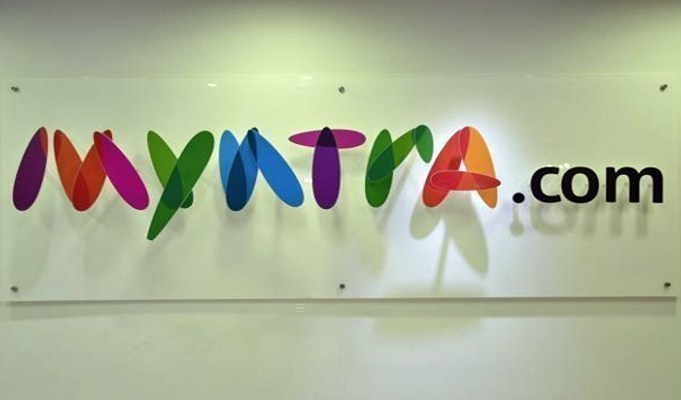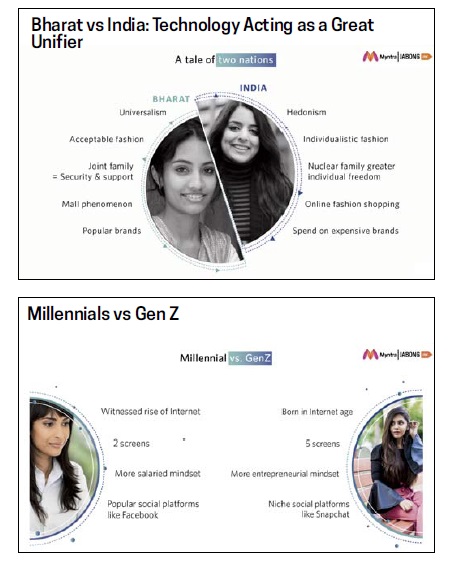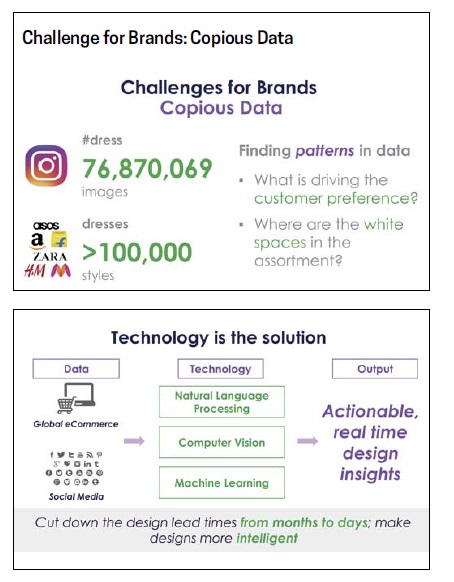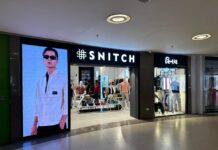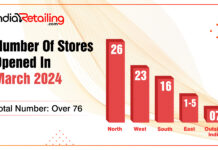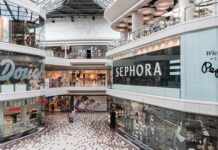Anurag Panganamamula, spoke about Vorta Intelligent Fashion, referred to as Rapid at Myntra and its impact in transforming the fashion business.
Rapid Technology is into solving technology problems for the world of fashion retail – from getting customer insights to sorting the supply chain in delivering fashion to the customers.
According to Panganamamula, social media is changing the worldview of the customer. “A brand is no longer the place where a customer looks for fashion trends. Social media has collapsed the world of fashion retail into e-commerce sites globally, with comments from fashion bloggers, and celebrities. This has really expanded the dimension of the customer. Customers display their preferences in the varied form of the platform,” he said.
“Then we have to take into account how fashion is created in this day and age. There has to be a constant sense of newness, where everyone wants to have the best looking, most fashionable clothing / accessory item on the block. Trends emerge overnight and disappear as quickly, so the ability to react to the trend is as important as the ability to spot a trend,” he explained.
“The entire catch is in the data. Imagine you are a designer designing a dress. If you search on Instagram for example, type #dresses, and you will find more than 77 million tagged images and styles. Scroll down and you will get the top ten e-commerce websites which sell these dresses. The problem is that a human being can look at maximum as 1000 images in order to look for a style. But what about the rest in millions which remains unexplored?” asked Panganamamula.
“It is very important for brands to understand what to do with this huge amount of data and sift those parts which will help them understand customers. Here’s where technology comes in. Technology like Natural language processing, Computer Vision, Machine Learning, when used properly can cut down the design lead time from months to days; make designs more intelligent,” he stated.
Natural Language Processing: With NLP one can decode social media and fashion blogs and get related information. This will help in figuring out fashion related words, combined with the right fashion trends. It is not like a normal Google search where you search for the term dress and you get a result. It is very contextual. It is like a human being reading a fashion blog and making an opinion about it. This helps you in understanding the trends along with the sense of why they are in news. This can be done by scale machines.

Computer Vision: Enables extraction of attributes from images and interpret them at scale. Basically, this helps in understanding the product on levels of categorization.

Machine Learning: This decodes performance and predicts ingredients of a successful design. When we have millions of images in front of us in the form of a huge database, machines help us in understanding what’s hot and what’s not. Machine learning can take a variety of signals and information on social media and decode data. It can look at likes and comments – good ones and bad ones too – and understand whether Style A is more liked than Style B. It can look at global e-commerce sales data and decide based on assortment, visibility, discounts they are offering. It aims to give the consumer the best possible recipe.

Myntra collaborated with MVP and launched two brands using these technologies – Moda Rapid and Here & Now.
Moda Rapid: Launched in 2015, Moda Rapid is Myntra’s most profitable brand; scaling 200 percent+YoY growth
Here & Now: Fastest growing brand on Myntra and the second largest apparel brand in less than 7 months of launch, which is rated as phenomenal growth.
Myntra has constantly evolved and enriched the algorithm and approach towards fashion retail with these technological initiatives. Today, the e-commerce giant is able to analyze shopping and browsing behavior of more than 35 million customers every month.
The e-commerce major is currently looking at more than 14,000 social media and blogs to understand what is latest in the trend, to see what consumers want. They are tracking 4 million styles and have redefined more than 200 drops across Moda Rapido and Here & Now over the last two years. This has helped them in creating 1,200 designs every month with a small team of four to five designers.
(Data Courtesy: Myntra presentation slides at IFF 2018)




